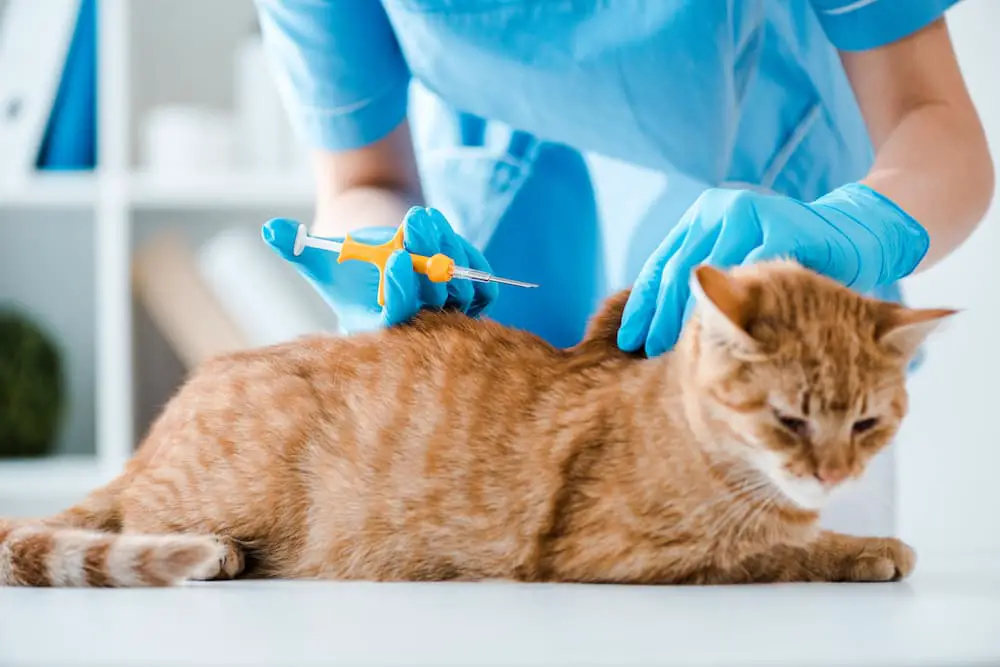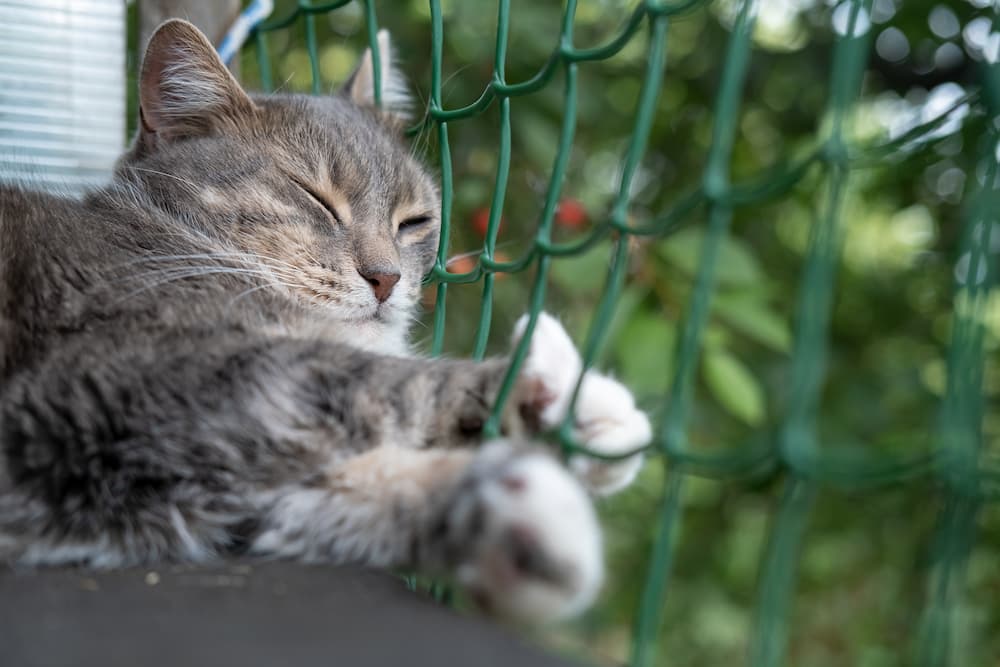If you’re a cat lover, chances are you’ve heard of Trap-Neuter-Release, sometimes called Trap-Neuter-Return, or “TNR.” This initiative has resulted in numerous success stories throughout the United States and around the world related to controlling stray cat population. While this program provides many benefits for animals and animal lovers alike, there is also some criticism directed at TNR due to its potential drawbacks as well. In this article we will explore both sides of the story – pros versus cons – so that you can decide for yourself what role TNR should play in our society today.

The Benefits of TNR
TNR, or Trap-Neuter-Release/Return, is a method of managing feral cat populations that has been gaining popularity in recent years. If you’ve ever seen a stray cat in your neighborhood with one of his or her ears clipped, you’re likely benefiting from a TNR program.
In TNR, cats are trapped, neutered or spayed, vaccinated, have a tip of one ear clipped as an easy visual identifier that they’ve been neutered and vaccinated, and are then returned to their outdoor homes. This may seem counterintuitive at first, but it’s proven to be an effective way to control the number of stray and feral cats while also providing them with much-needed medical care. TNR ensures that the cats can no longer reproduce, preventing future generations from growing the population. Plus, these cats are left to continue their lives outdoors where they are often taken care of by local caregivers or community members. It’s a unique solution to a complex issue, and one that is proving to be successful in many areas.
The Cons of Trap-Neuter-Release
While TNR (or Trap, Neuter, and Return) programs are a popular way to control the feral cat population, they come with some downsides. One major concern is the potential spread of disease as cats are captured, held, and released back into the population. Additionally, these programs can be costly to operate, which means that resources might be diverted from other animal control efforts. And unfortunately, there is always the possibility that relocated cats will continue to be a nuisance in a new area.
Who Supports TNR?
When it comes to supporting Trap-Neuter-Return (TNR) efforts, animal rights groups and veterinarians are at the forefront. These individuals and organizations understand the importance of responsible and humane management of feral cat populations. This approach helps to control the cat population and reduce the number of cats euthanized in shelters. Animal rights groups strive to protect all animals, including those living on the streets, while veterinarians use their expertise to ensure that cats are sterilized and receive any necessary medical care before being released. Together, they work to make a difference in the lives of our feline friends.

Who Opposes TNR?
There’s a certain group of individuals who don’t quite see eye to eye with TNR, and that group includes traditional animal shelters and some local governments. While they may have their reasons, the opposition to TNR actually flies in the face of the growing body of research showing that TNR programs are highly effective at stabilizing and reducing feral cat populations. In fact, TNR has been shown to be more effective than both euthanasia and relocation when it comes to dealing with feral cats. So while some may still be hesitant to get behind TNR, the evidence overwhelmingly supports its effectiveness in addressing feral cat populations.
Alternatives to TNR: Education and Responsible Pet Ownership are Essential
As a responsible pet owner, it’s important to explore all options when it comes to the well-being of our furry friends. While TNR programs have been helpful in managing feral cat populations, there are alternatives that can also be effective. One of the most impactful alternatives is educating the public on responsible pet ownership, specifically spaying and neutering pets. By doing so, we can prevent overpopulation and avoid putting more animals in overcrowded shelters. Through education and awareness, we can empower individuals to take ownership of their pets’ health and well-being, ultimately creating a community that prioritizes animal welfare.
It is undeniable that TNR is a powerful tool for controlling the feral and stray cat population. However, it is important to recognize that opinions about the program differ among various stakeholders in the animal welfare industry. There are pros to supporting TNR, like the reduction of stray cats, better overall health of these cats, and fewer nuisance behaviors. But there are also disadvantages to consider, such as the potential spread of disease and cost associated with the program. In all cases, ethical considerations must be taken into account when deciding whether or not to support a particular practice. Animal rights groups, veterinarians, and some local governments are favorable toward TNR initiatives because they believe it to be humane and effective compared to other approaches – while traditional animal shelters worry that it could be practiced unethically or misused as an animal neglect loophole. Additionally, alternatives such as educating on responsible pet ownership with spaying/neutering pets could aid in reducing homeless companion animal populations without using TNR.
While the ultimate solution to feral and stray cat populations may be a combination of several efforts, at the very core lies responsible pet ownership.
The Catington Post is reader-supported. That means, if you make a purchase through links on our site, we may earn an affiliate commission. All images and names which are not the property of The Catington Post are the property of their respective owners.







